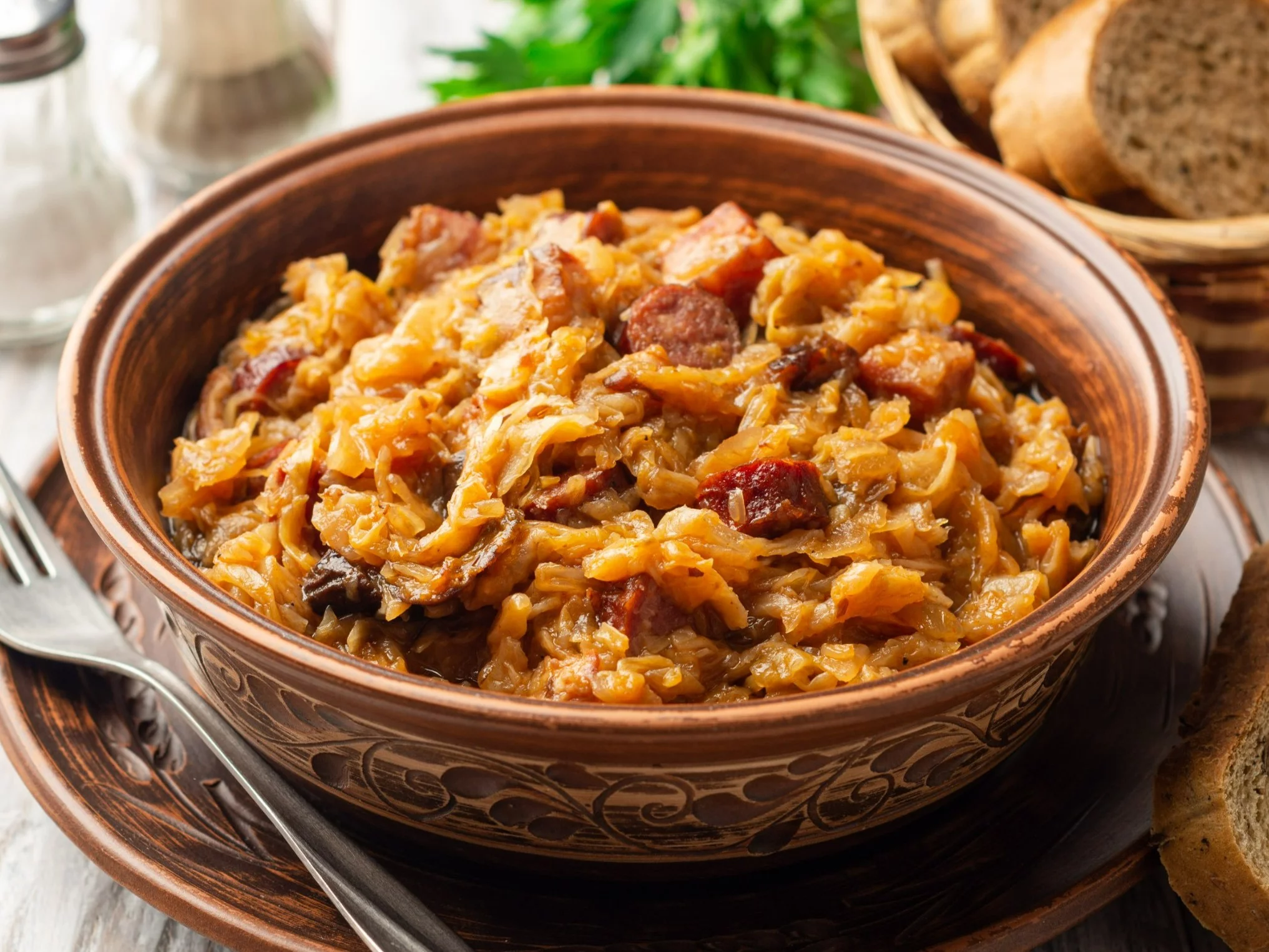Polish Cuisine: 7 Traditional Dishes You Must Try
A Culinary Journey Through Poland
Polish cuisine is a hearty, soulful celebration of local ingredients, age-old techniques, and comforting flavors. It reflects the country’s rich history and regional diversity, offering a delicious blend of Slavic, German, Hungarian, Jewish, and even Turkish influences.
If you’re visiting Poland, diving into its traditional dishes is a must. Whether you’re exploring Kraków’s Old Town or enjoying countryside hospitality, food is central to the Polish experience. In this guide, we introduce seven iconic Polish dishes you must try to truly taste the essence of the country.
1. Pierogi (Polish Dumplings)

Pierogi are the unofficial national dish of Poland — dough parcels filled with savory or sweet fillings, then boiled and often pan-fried.
Popular fillings include:
- Potato and cheese (pierogi ruskie)
- Ground meat
- Sauerkraut and mushrooms
- Seasonal berries (e.g., blueberries)
Pierogi are served with sour cream, caramelized onions, or sugar (for sweet versions). Available in homes, restaurants, street food stalls, and even frozen in supermarkets, pierogi are beloved by every generation.
Pro tip: Try handmade pierogi in Kraków’s Kazimierz district or during one of Poland’s many food festivals.
2. Bigos (Hunter’s Stew)

Bigos is a rich, slow-cooked stew made from sauerkraut, fresh cabbage, various meats (often pork and sausage), and dried mushrooms.
This dish is often cooked in large batches and reheated over several days — which deepens the flavor. It’s commonly enjoyed in winter, especially around Christmas.
Fun fact: Bigos varies by region and family; some add prunes or wine, while others keep it rustic and meaty.
Where to try: Traditional restaurants (karczma) or at village festivals in regions like Podlasie or Mazovia.
3. Żurek (Sour Rye Soup)

Żurek is a uniquely Polish soup made from fermented rye flour, giving it a sour, tangy flavor. It’s usually served with boiled eggs and white sausage (biała kiełbasa).
The soup is often thickened and flavored with garlic, marjoram, and horseradish. In many places, it’s served in a hollowed-out bread bowl.
When to eat: Traditionally served at Easter, but available year-round. It’s the ultimate comfort food after a cold day.
Insider tip: Some variations include potatoes or smoked meats for a heartier version.
4. Gołąbki (Stuffed Cabbage Rolls)

Gołąbki are cabbage leaves wrapped around a filling of minced meat (usually pork or beef), rice, and spices, then baked in a tomato-based sauce.
This dish is widely loved across Poland and served with potatoes or bread.
Cultural note: The name gołąbki means “little pigeons,” though the dish contains no bird!
Taste tip: Try them with a drizzle of sour cream or spicy paprika for a regional twist.
5. Placki ziemniaczane (Potato Pancakes)

These crispy, golden-brown potato pancakes are a comfort food staple. They’re made from grated potatoes, onion, egg, and flour, then fried to perfection.
They can be served sweet (with sugar or applesauce) or savory (with mushroom sauce, sour cream, or goulash).
Regional tip: In the south of Poland, especially in the Podhale region, placki are often served in highland huts (bacówka) with sheep cheese or meat.
Pro tip: Eat them hot and crispy — they lose their charm when cold.
6. Barszcz (Beetroot Soup)

Barszcz is a bright-red beetroot soup, often served clear (as a broth) or with dumplings (uszka). It’s both elegant and earthy.
This soup is popular year-round but especially at Christmas Eve dinners, where it’s part of the traditional 12-dish meal.
Versions to try:
- Barszcz czerwony: Clear red borscht
- Barszcz ukraiński: With vegetables and beans, more filling
Pair with: A small shot of vodka and a slice of rye bread for the full Polish experience.
7. Sernik (Polish Cheesecake)

Sernik is a creamy baked cheesecake made with twaróg (Polish farmer’s cheese), sugar, eggs, and a hint of vanilla or citrus zest.
Unlike American-style cheesecakes, sernik is denser and less sweet. It comes in many forms: with raisins, chocolate glaze, or even a crumbly top.
Best served with: Coffee or black tea. Found in nearly every Polish bakery and coffeehouse.
Where to try: Look for traditional versions in patisseries or local markets in towns like Toruń or Lublin.
Bonus: What Else Should You Try?
- Kiełbasa: Dozens of types of Polish sausage, smoked and unsmoked
- Makowiec: Poppy seed roll, a festive dessert
- Kompot: A sweet drink made from boiled fruits, served cold or warm
Where to Taste Traditional Polish Food
- Milk bars (Bar Mleczny): Government-subsidized eateries serving home-style meals on a budget
- Karczmy & Gospody: Rustic restaurants with wooden interiors and regional menus
- Food festivals: Look out for pierogi festivals, sausage fairs, and Christmas markets in major cities
Conclusion: A Taste of Tradition
Polish cuisine is more than just nourishment — it’s a gateway to the country’s culture, history, and hospitality. From sour soups to sweet pastries, every dish tells a story.
Whether you’re visiting Poland for the first time or rediscovering it as a returning traveler, these traditional foods will leave you satisfied, surprised, and maybe even a little nostalgic.
Bring an appetite and a sense of adventure — and don’t forget to say “Smacznego!” (Enjoy your meal!)

